More than 10 years ago, when the Government approved the Agricultural Restructuring Project under Decision 899 in 2013, the rice fields with unstable productivity in many provinces in the delta and midlands began to change color. Farmers were encouraged to switch to higher-value crops that were suitable to the soil and market. That was the beginning of an unprecedented change in the history of the farming industry - the shift from output to value.
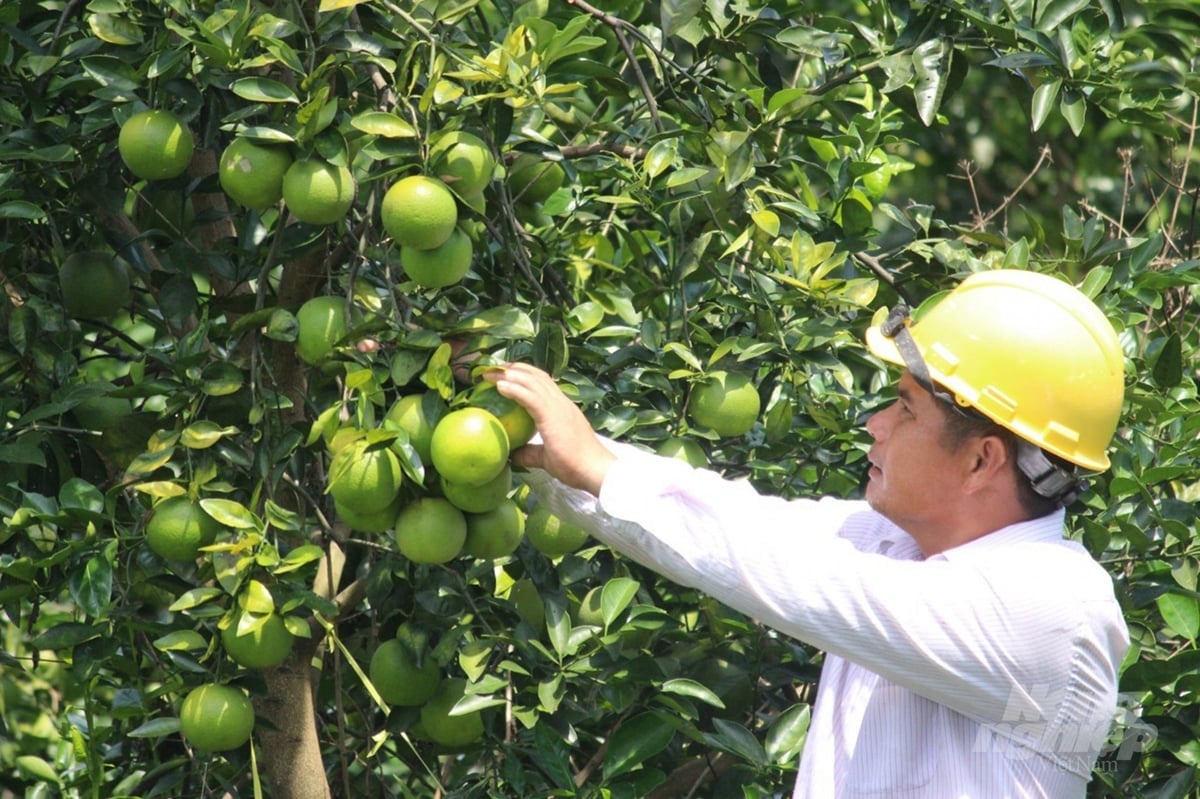
Ineffective crops in the midlands and mountainous areas of the North have been converted to high-value fruit trees, making farmers rich.
In the Northern midlands, where rice was once grown only twice a year with a yield of more than four tons per hectare, low-lying fields are now covered with green fruit trees. Bac Giang (now Bac Ninh), Hung Yen, Son La, Hoa Binh (now Phu Tho) simultaneously converted tens of thousands of hectares of rice to lychee, longan, oranges, grapefruit, bananas...
In the Mekong Delta, ineffective plots of land were rezoned to grow mango, jackfruit, durian, banana, coconut... In the period of 2013 - 2020 alone, more than 478,000 hectares of rice land were converted to other crops, creating hundreds of thousands of jobs and increasing the average value 2 - 3 times compared to rice cultivation.
Along with flexible land policies, crop restructuring has led to a profound change in agricultural development thinking. If in the past, Vietnam was proud of its "ranking 3rd in the world in rice exports", now the bigger goal is how to make rice, fruits, coffee beans, pepper... have their own brands, conquer the market with quality and regional stories.
The Government, through Decision 174/QD-TTg in 2021, has determined to "develop cultivation in a modern, sustainable, and effective direction, with typical products associated with national brands".
Over the years, many key fruit growing regions have been formed. The Central Highlands has become the world's coffee and pepper center; the Mekong Delta is the largest tropical fruit granary in Southeast Asia; Bac Ninh and Son La are famous for lychees, mangoes, and plums; and the Central region has gradually asserted its position with dragon fruit, pineapple, and passion fruit.
The system of growing areas granted export codes is increasingly expanding, currently reaching more than 7,000 codes, 3 times more than in 2018, covering key fruits. Each code is not only a technical procedure but also a "passport" for Vietnamese agricultural products to enter the global market.
The most striking feature of the restructuring process is not the scale of production but the connection between farmers, businesses and markets. In Dak Lak, coffee fields are linked to processing factories, where each coffee bean has traceability, carbon records and sustainability certification.
In Dong Thap, bananas and mangoes are not only sold fresh but also dried, packaged, and exported to Korea and Japan. In Quang Nam (now Da Nang City), the Tra Linh medicinal herb area has revived thanks to the “3-house” model: scientists, businesses, and farmers investing together in the chain...
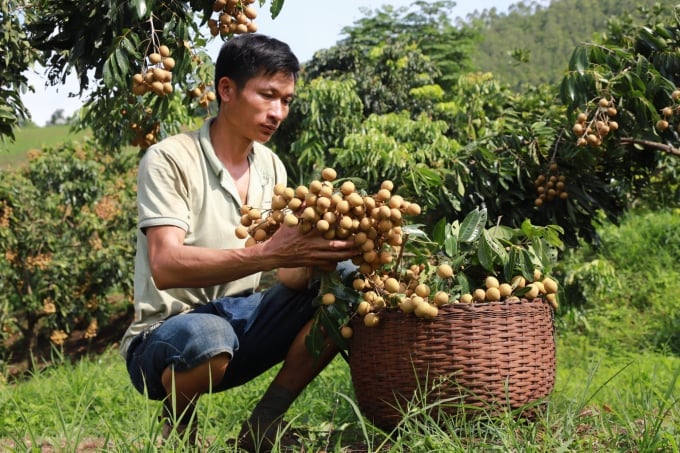
Son La's greening of sloping land with fruit trees is proof of the success of the restructuring process.
According to the Department of Crop Production and Plant Protection, thanks to restructuring, the production value of the crop sector in 2024 will increase by 35% compared to 2013, in which the fruit group will double, contributing nearly 60% of the agricultural export value. Items that were once less noticed such as bananas, dragon fruit, passion fruit, coconut, grapefruit... now have revenue of billions of USD, putting Vietnam in the top 10 largest fruit and vegetable exporting countries in the world.
Along with the expansion of acreage, the quality of agricultural products is given top priority. The programs of “large fields”, “organic agriculture”, “sustainable value chains” are implemented in most regions. To date, nearly 20% of the country’s crop area has applied VietGAP, GlobalGAP or equivalent standards, 1,200 growing areas have achieved organic certification. This is the foundation for Vietnam to adapt to new market regulations, from electronic traceability to Europe’s EUDR.
Crop restructuring also contributes to reshaping the rural economic map. In many places, inefficient rice fields are converted to grow flowers, vegetables, and medicinal plants, creating new livelihoods for women and rural workers. In the Northern mountainous region, the fruit tree model combined with ecotourism helps farmers have a more stable income. In the Mekong Delta, crop conversion is associated with ecological conversion, combining cultivation and aquaculture, adapting to saltwater intrusion. Each locality, with its own climate and terrain characteristics, has found its own way to exploit its advantages.
To maintain momentum for the new period, the Government continues to set a target that by 2030, the fruit growing area will reach more than 1.3 million hectares, the export value will reach 8-10 billion USD, and the proportion of deeply processed products will account for at least 30%. The development direction is no longer to expand the area but to streamline, be efficient, apply high technology and reduce emissions. Large raw material areas associated with processing factories, logistics centers and free trade agreements will be the foundation for the generation of "Vietnam agricultural products 2.0".
Looking back over the past decade of restructuring, we can clearly see the change in development philosophy, from “what plants are easy to grow” to “what plants the market needs”, from output to value, from raw exports to processing and branding. As Mr. Le Minh Hoan, Vice Chairman of the National Assembly, former Minister of Agriculture and Rural Development, said: “We have learned to grow less but sell more”.
In the fruit-laden gardens, each fruit is associated with a digital map, safety certificate and regional brand. This is the result of the right policy and also evidence of the adaptability of Vietnamese agriculture - an agriculture that is shifting from single value to multiple value.
On the occasion of the 80th anniversary of the Agriculture and Environment Sector and the 1st Patriotic Emulation Congress, the Ministry of Agriculture and Environment organizes a series of events from July to December 2025. The focus is on the 80th anniversary of the Agriculture and Environment Sector and the 1st Patriotic Emulation Congress, held on the morning of November 12, 2025 at the National Convention Center (Hanoi) with more than 1,200 delegates attending. The Agriculture and Environment Newspaper will broadcast this event live.
Source: https://nongnghiepmoitruong.vn/ky-tich-tai-co-cau-cay-trong-trong-thap-ky-vang-d782985.html








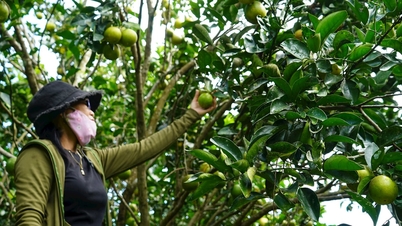





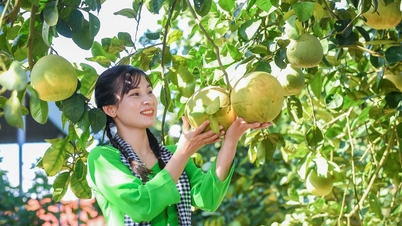






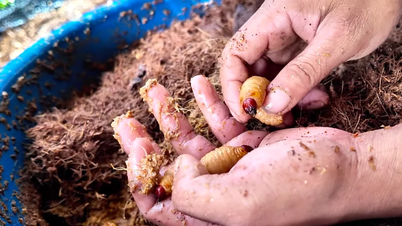









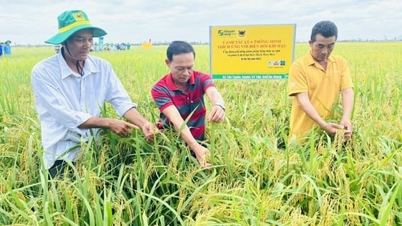
![Dong Nai OCOP transition: [Part 2] Opening new distribution channel](https://vphoto.vietnam.vn/thumb/402x226/vietnam/resource/IMAGE/2025/11/09/1762655780766_4613-anh-1_20240803100041-nongnghiep-154608.jpeg)










































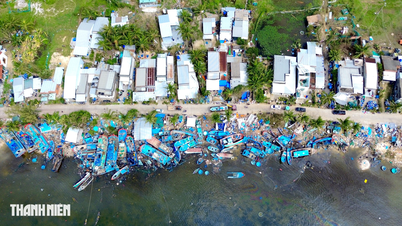








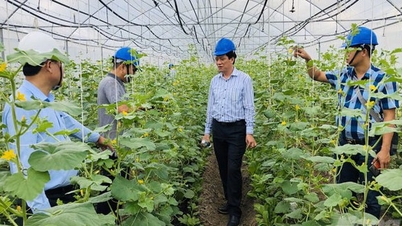
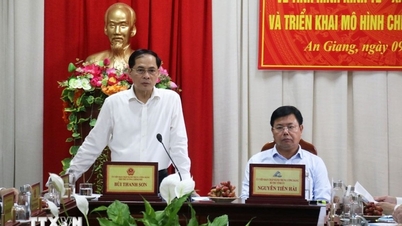



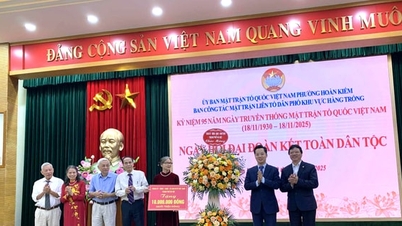



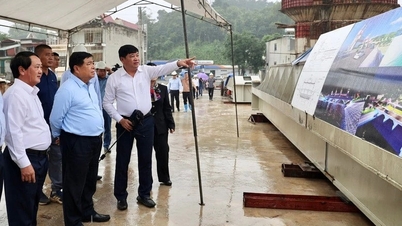















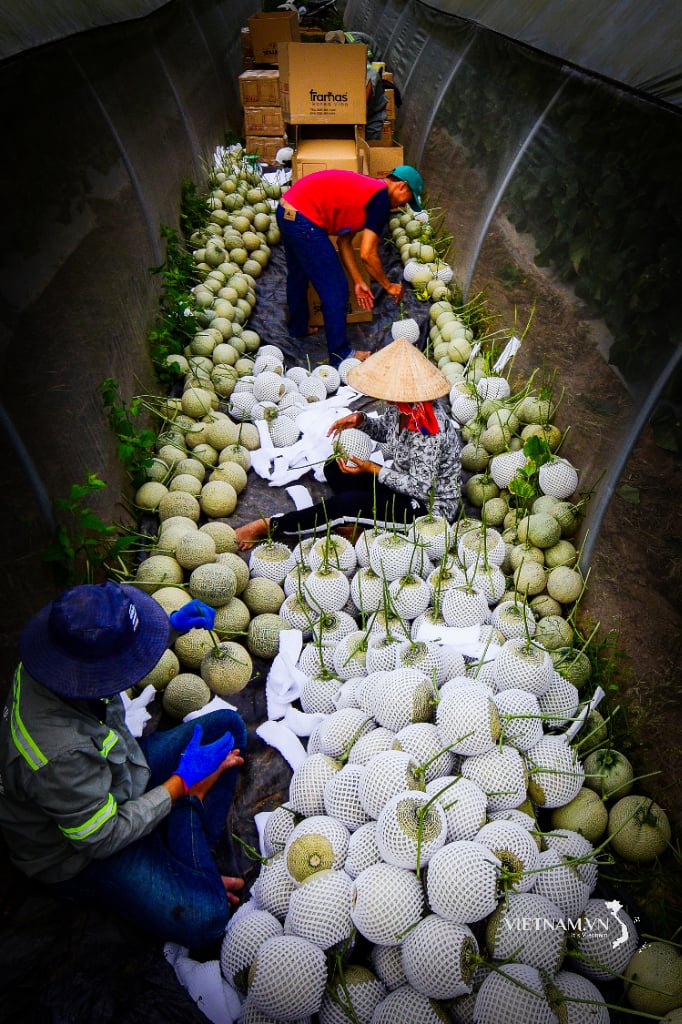
Comment (0)